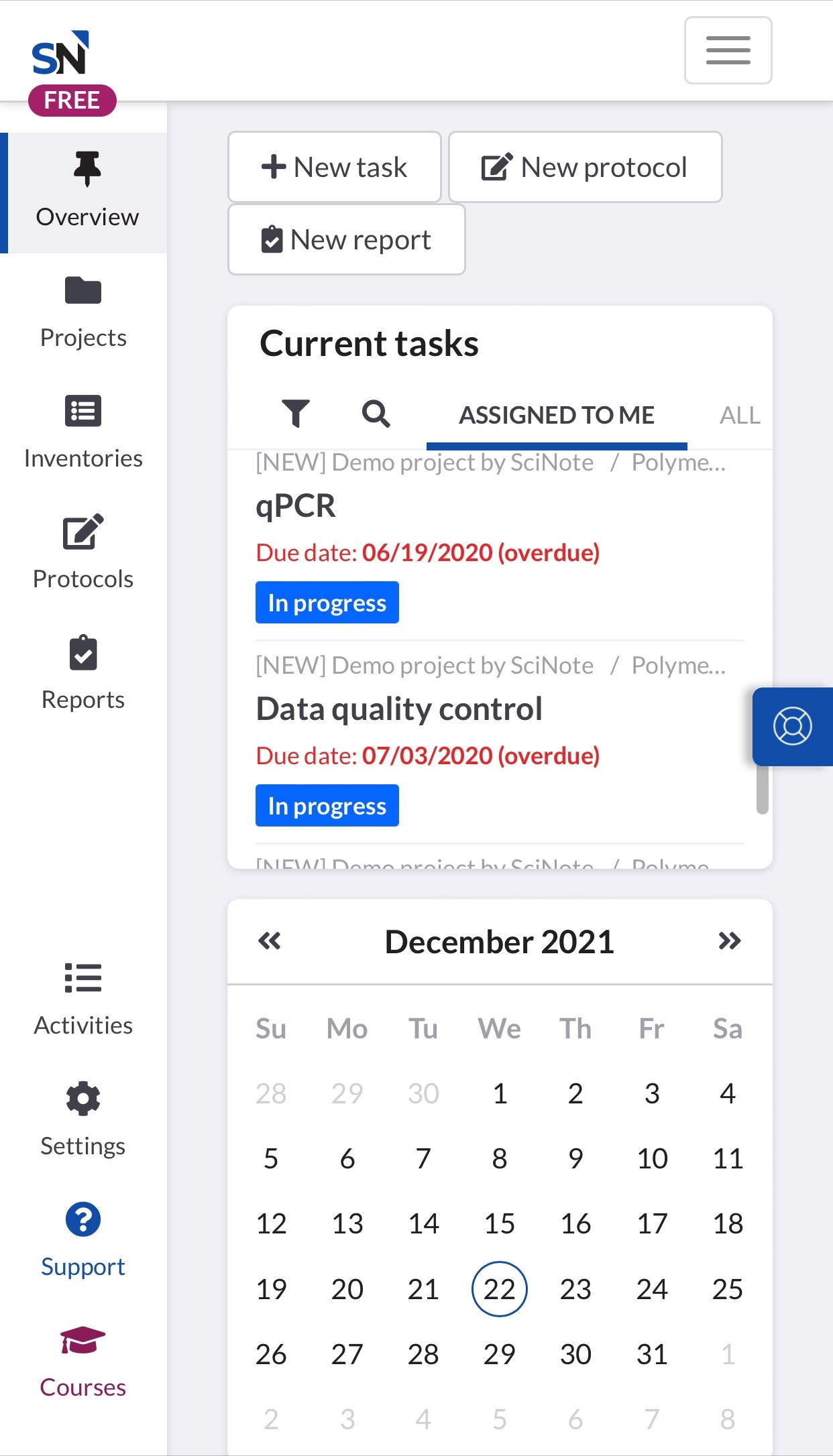Lab notebooks 2: Selecting and using a Digital lab notebook
Digital lab books are beginning to become much more commonplace in labs. With this development, a substantial number of new functionalities has opened up to researchers, potentially streamlining their day-to-day activities. However, as with every new technology, the transition to using a digital lab notebook also comes with myriad things to consider. This article outlines some of the key things to think about.
Cost of a digital lab notebook
Over the past few years, a huge variety of digital lab book platforms have become available online. Some of the more well-known ones, such as LabGuru and SciNote, have dominated the space, but do require a paid subscription to take advantage of their full functionality. On the other hand, existing software, which is free of charge or offered as part of other software packages which you may already have, such as Microsoft OneNote or Evernote, are often used in labs. Due to this wide array of choices, it is important for you to base your choice of lab book software on the functions that you truly need from it.

Functionality of a digital lab book
There are some basic functions that a good electronic lab book platform should have. In its simplest form, a text editing tool and the ability to import images are what makes a good lab book, but some additional nice-to-have features will make life a lot easier.
- Inclusion of a spreadsheet tool makes importing and exporting data much easier, especially when dealing with large data sets.
- Another feature to look out for is the ability to create templates, which can be used to help speed up your daily routine and to maintain a consistent format and look for your lab book.
- A great functionality is that they can be shared across labs so other colleagues can easily search them, and your principal investigator (PI) has an overview of what is being done in the lab.
- All of these features are brought together with cloud storage, which is an extremely useful functionality that enables you to update your lab book on any device. [Tip: Make sure that whichever solution you go for has enough cloud storage for your needs. Around 1 GB is enough if all of your work is text- and spreadsheet-based, but this can quickly fill up if you add screenshots, images and large data sets.]
Advantages of a custom digital lab notebook
Oftentimes, bespoke lab book software is superior to other software for two main reasons:
- It tends to be organised in a way that makes sense for researchers, which means that you don’t have to spend an excessive amount of time and energy restructuring the software yourself to suit your needs.
- It is not editable, which is usually a requirement when it comes to using lab books, ensuring that any entry made in the document cannot be altered once made. Make sure you are compliant with any regulations your institution has governing the use of lab books.
End notes
There are yet more capabilities that can come with digital lab books, like integrated inventory management and collaborative documents. However, these tend to come at considerable cost, so it is important for you to first decide what you will want out of your digital lab book experience, and whether you are prepared to pay for it. Using simple digital lab books will already prove more convenient than paper lab books, but always ensure that you comply with any regulations that apply to you.
Read next (third/final) in series: Lab notebooks 3: Deciding between a Physical lab book and a Digital lab book
Read previous (first) in series: Lab notebooks 1: Maintaining a Physical lab notebook
Charlesworth Author Services, a trusted brand supporting the world’s leading academic publishers, institutions and authors since 1928.
To know more about our services, visit: Our Services
Visit our new Researcher Education Portal that offers articles and webinars covering all aspects of your research to publication journey! And sign up for our newsletter on the Portal to stay updated on all essential researcher knowledge and information!
Register now: Researcher Education Portal
Maximise your publication success with Charlesworth Author Services.